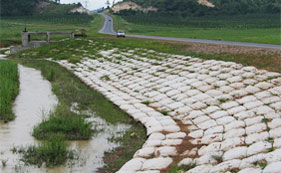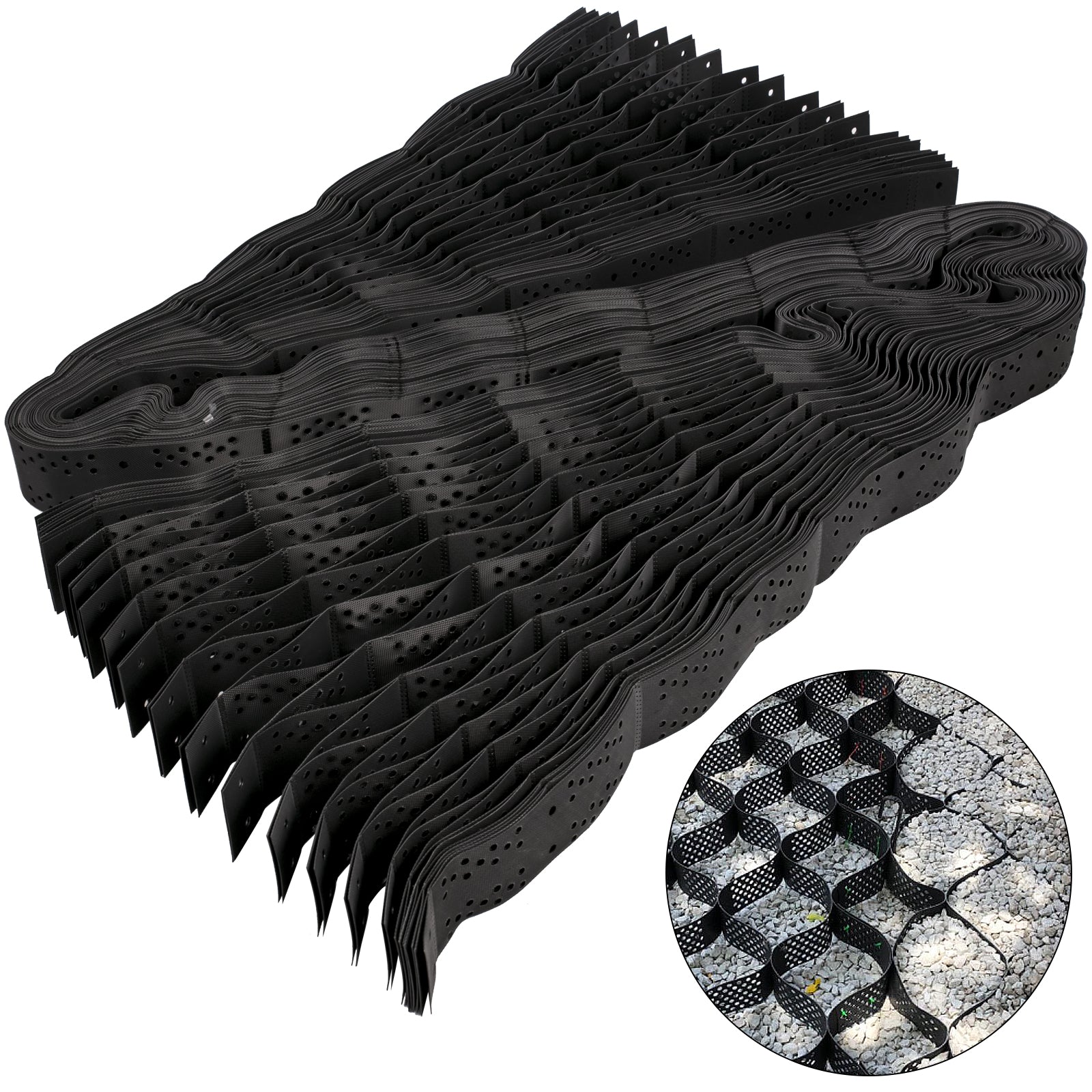
 Back to List
Back to List

1 What is a honeycomb cell
The honeycomb cell is a three-dimensional mesh cell structure formed by welding HDPE sheet material. Generally, it is welded by ultrasonic needle. Due to engineering needs, some holes are punched on the chip.
2 What are the characteristics of the honeycomb cell?
1. It can be stretched freely, can be retracted for transportation, and can be stretched into a mesh during construction, filled with loose materials such as soil, gravel, concrete, etc., to form a structure with strong lateral restraint and high rigidity.
2. The material is light, wear-resistant, chemically stable, resistant to light and oxygen aging, acid and alkali, and is suitable for soil conditions such as different soils and deserts.
3. High lateral limit and anti-skid, anti-deformation, effectively enhance the bearing capacity of the roadbed and disperse the load.
4. Changing the geometric dimensions of the honeycomb cell height, welding distance, etc. can meet different engineering needs.
5. Free expansion and contraction, small transportation volume; convenient connection and fast construction speed.
3 Basic principles of honeycomb cells
The reason why the honeycomb cell has attracted the attention of the engineering community with its excellent efficacy should also start from its basic principle. When describing its principle in foreign literature, it is called "a honeycomb three-dimensional confinement system, which can significantly improve the performance of ordinary filling materials in load-bearing and insect erosion control applications in a wide range." Its key principle is three-dimensional confinement. . We all know that when a car drives in the desert, two deep ruts will be pressed, the pressed part will sink deeply, and the sides of the rut will be raised high. If the following vehicle continues to move along the rut, the subsidence part will sink further, and the bulge part will further bulge, until the bulge part rubs against the chassis of the car, and the subsided rut bury most of the wheels, and then cannot move forward. The reason for this is that when the external load acts on the surface of the foundation, according to the Prandtl's theory and Taylor's theory, it can be known that under the action of the concentrated load, the active zone 1 sinks under pressure, and the force is decomposed and transmitted to both sides. The transition zone 2, the transition zone 2 is passed to the passive zone 3, and the passive zone will deform and bulge without restriction.
Features:
1. It can expand and contract freely, and can be retracted for transportation. It can be stretched into a mesh during construction and filled with loose materials such as soil, gravel, and concrete to form a structure with strong lateral restraint and high rigidity.
2. The material is light, wear-resistant, chemically stable, resistant to light and oxygen aging, acid and alkali, and is suitable for soil conditions such as different soils and deserts.
3. High lateral limit and anti-skid, anti-deformation, effectively enhance the bearing capacity of the roadbed and disperse the load.
4. Changing the geometric dimensions of the honeycomb cell height, welding distance, etc. can meet different engineering needs.
5. Flexible expansion and contraction, small transportation volume, convenient connection and fast construction speed.